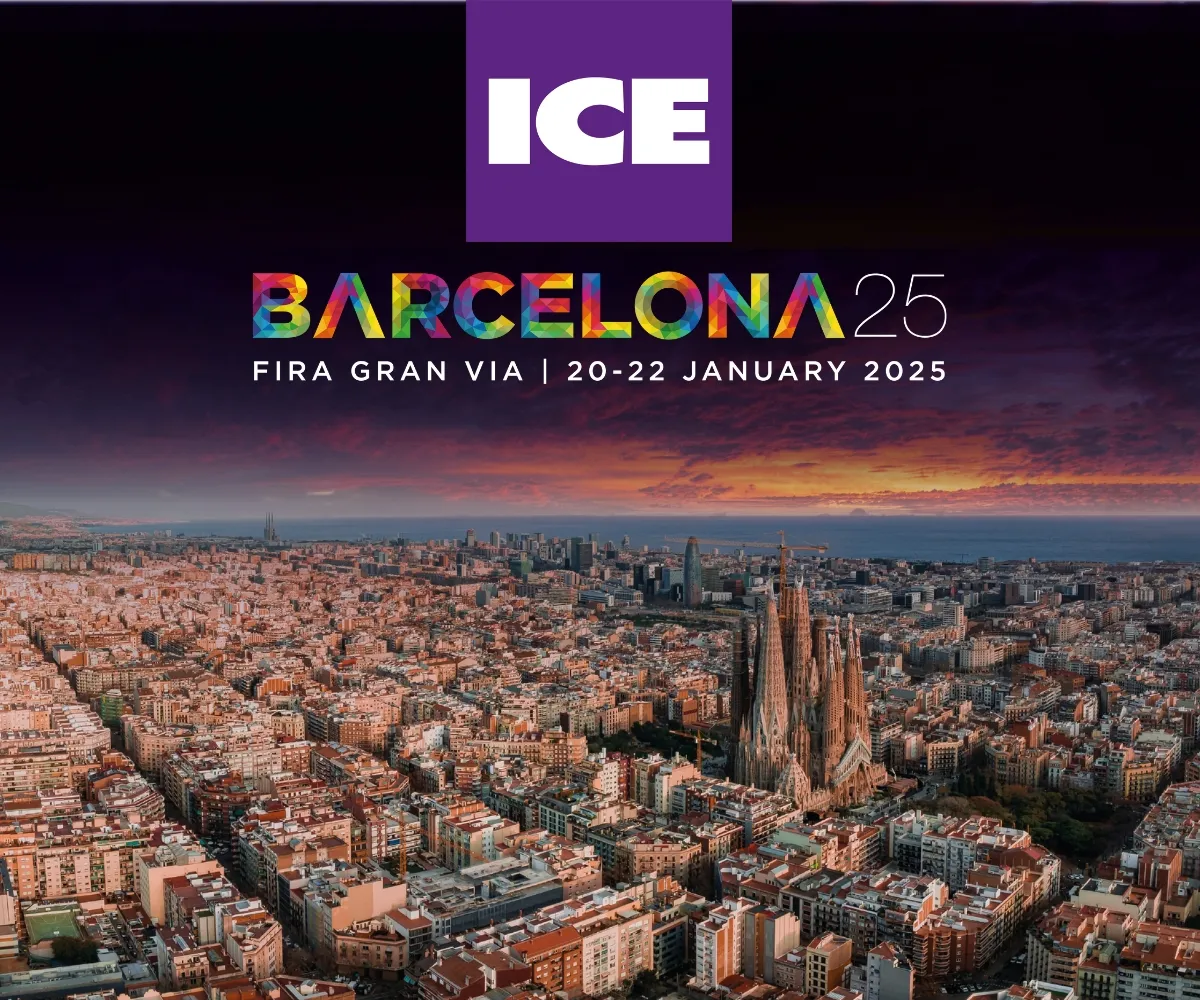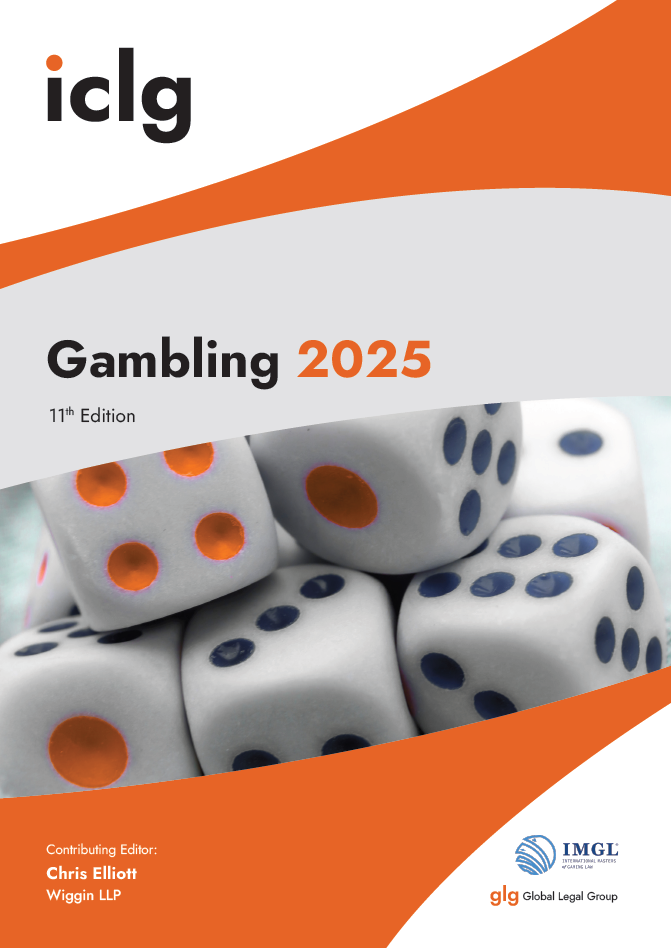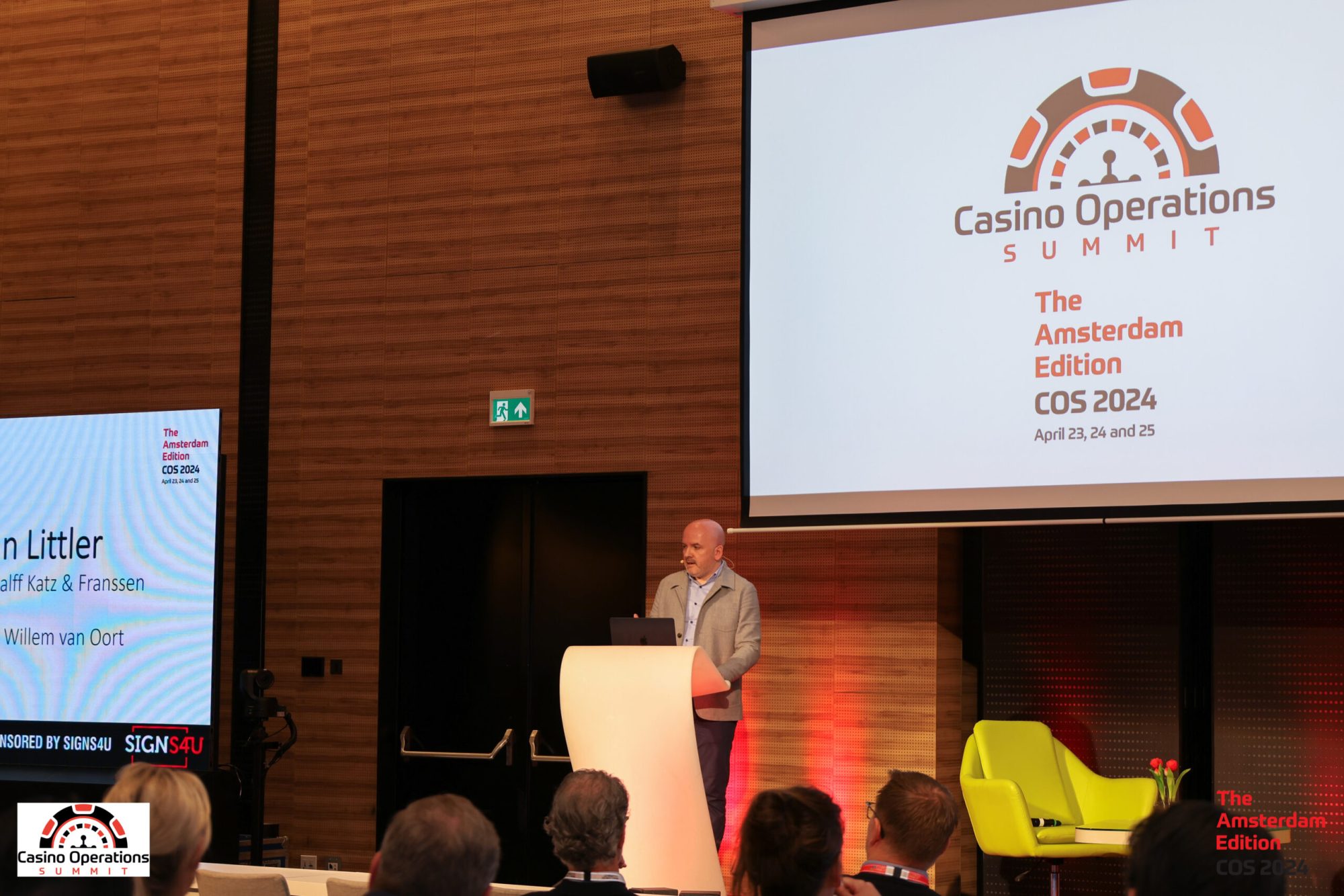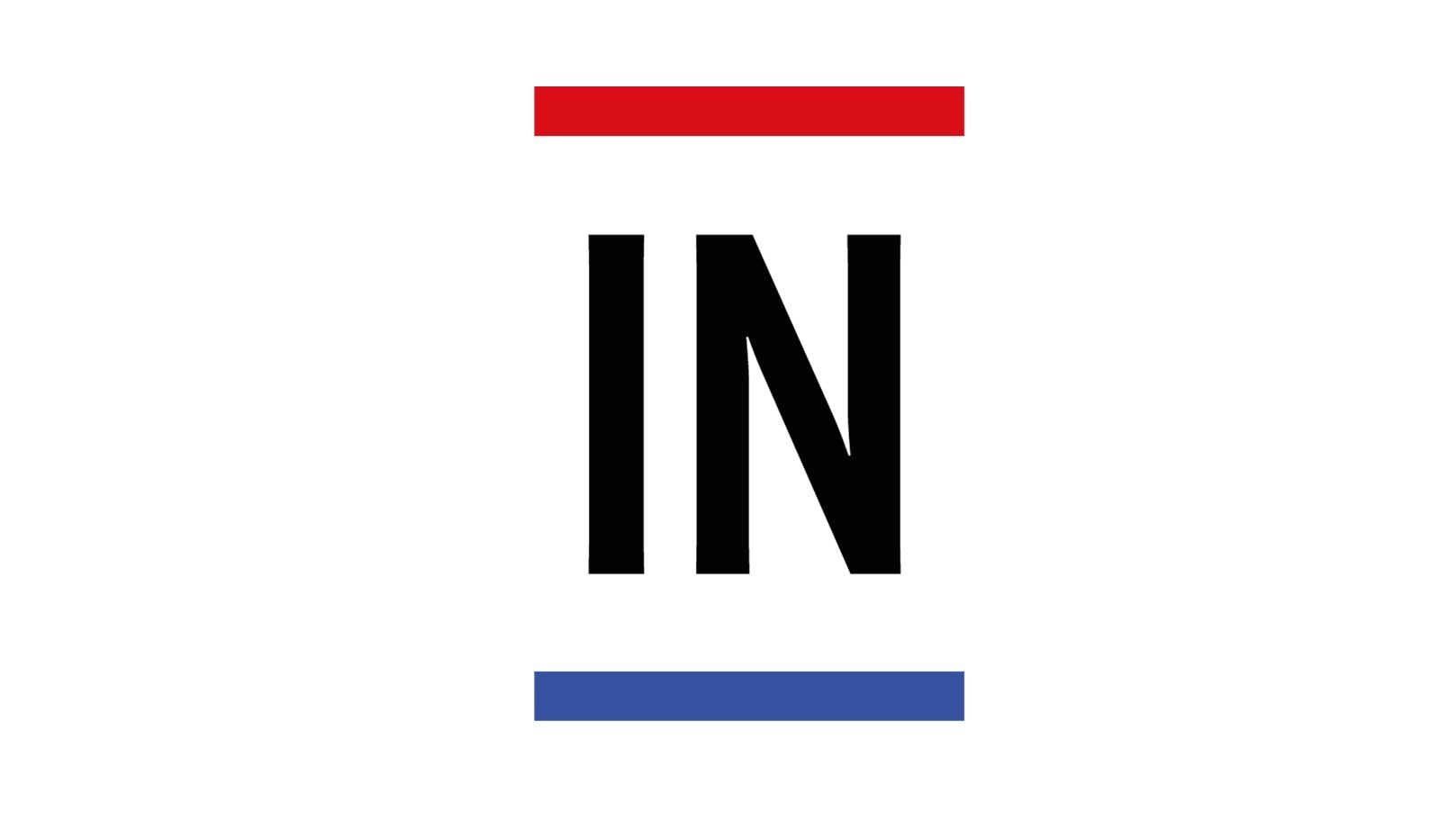
MiCA regulation ((Markets in Crypto-Assets): Frequently asked questions

- Insights
On 30 December 2024, the full set of measures of the MiCA Regulation (“Markets in Crypto-Assets”) came into force. This Regulation introduces a harmonised European legal framework for the issuance of crypto-assets and the provision of related services. In this article we cover some of frequently asked questions concerning MiCA.
What is the (intended) effect of MiCA?
EU legislators want to restore trust in crypto asset activities and services. Before MiCA crypto assets were not or only partially regulated under EU financial services law. MiCA is intended to create a harmonised and overarching legal framework for all crypto-assets and crypto-based services. This should create legal certainty and help to develop and promote transformative technologies in the financial sector.
What is the scope of MiCA?
MiCA applies to the issuance, public offering, admission to trading, and provision of services related to crypto-assets. It does not apply to crypto-assets that qualify as financial instruments, deposits, funds, securitization positions, non-life or life insurance products, as these already fall within the scope of European financial services provisions.
MiCA defines crypto assets broadly. Furthermore, it distinguishes between distributed-ledger technology (DLT) assets based on their common attributes into “normal” crypto-assets (such as utility tokens) and more intensely regulated stablecoins (so-called asset-referenced tokens or e-money tokens).
What are the key elements of the new regulatory framework?
The new regulatory regime is inspired by the framework already applicable to the public offering and admission to trading of financial instruments.
Key requirements are as follows:
- Crypto-asset services, including exchange-based services:
- Registered office in an EU member state
- Licensing authorisation from the relevant local authority op basis van MiCA
- Public offer, and admission to trading, of crypto assets:
- Office and authorisation requirements differ per type of crypto asset::
- Assets-referenced tokens: Legal persons wanting to carry out these activities need to be a) issuers with a registered office in an EU member state and authorised by their competent authorities under the MiCa Regulation; or b) credit institutions authorised under CRD IV.
- E-money tokens: Legal persons wanting to carry out these activities need to be a) credit institutions authorised under CRD IV; or b) electronic money institutions.
- Other crypto assets: Any legal person can undertake these activities (in line with other obligations from MiCA).
- White paper requirement; submit to the relevant local authority a document explaining the product characteristics and how the token or other crypto asset would operate on the blockchain.
At which point will MiCA apply to companies active in the Netherlands?
Companies that want to enter the Dutch market to offer crypto-asset (services) need to comply directly with the MiCA requirements.
For companies active on the Dutch market before 30 December 2024 a transitional regime applies. MiCA allows for a transition period of a maximum of 18 months. On 16 December 2024 the Dutch Cabinet reconfirmed its position to opt for a transition period to 6 months. This means that already active companies have to comply with MiCA requirements as of 30 June 2025.
*At the time of writing, the transition period still has to be formally confirmed via publication of a Royal Decree.
How can Franssen Tolboom assist you?
If you would like to know whether your services fall under MiCA and or would like guidance on a potential licence application please feel free to contact us.












